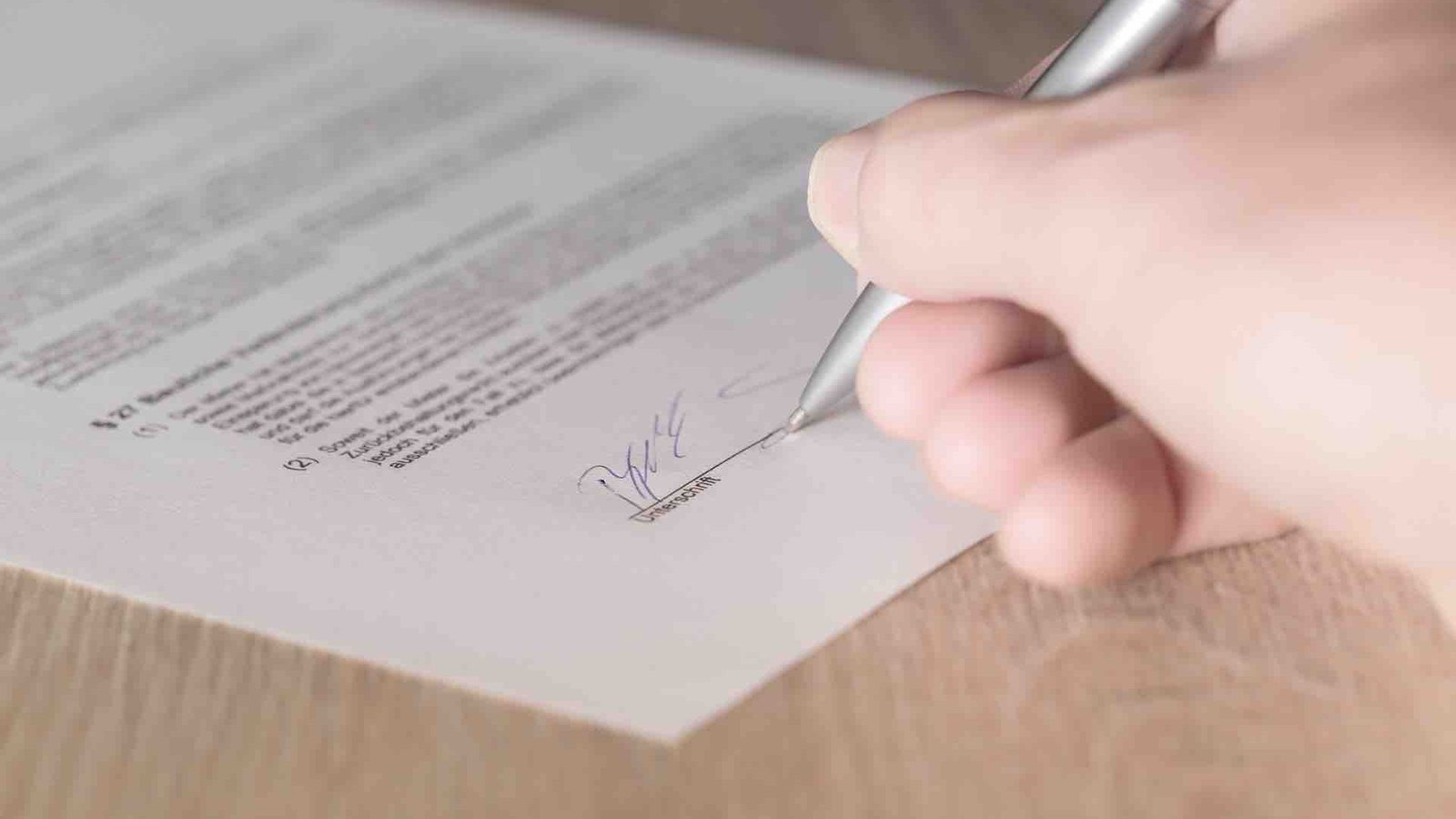When it comes to leasing commercial property, one key aspect that often requires attention is leasehold improvements. Leasehold improvements are alterations made to leased property by the tenant, usually to customize the space for their business needs. These improvements could include installing walls, flooring, lighting, or even plumbing changes.
However, making improvements to a leased property doesn’t come without its responsibilities. A commercial inspection for leasehold improvements ensures that the modifications are safe, compliant with local codes, and meet the terms of the lease agreement. This article explains why leasehold improvement inspections are crucial, what they involve, and how they can protect both tenants and landlords.

What Are Leasehold Improvements?
Leasehold improvements are physical changes or upgrades made by a tenant to a rental property. These modifications typically aim to make the space more suitable for the tenant’s specific business requirements. Examples of leasehold improvements include:
- Adding partition walls to create offices or cubicles
- Installing custom lighting or HVAC systems
- Modifying the flooring or painting walls
- Adding restrooms or kitchenettes
- Installing additional electrical outlets or rewiring the space
Leasehold improvements usually remain the property of the landlord unless otherwise specified in the lease agreement. At the end of the lease term, the landlord may require the tenant to remove the improvements and return the property to its original condition.
Why Are Commercial Inspections Important for Leasehold Improvements?
Commercial inspections for leasehold improvements are essential for several reasons. These inspections help ensure that the improvements are carried out in a way that is safe, legal, and in line with the terms of the lease agreement. Here are some reasons why these inspections matter:
1. Ensures Compliance with Building Codes
One of the main reasons for inspecting leasehold improvements is to ensure that the alterations comply with local building codes and regulations. Commercial properties are governed by strict codes that include safety standards, accessibility requirements, and energy efficiency rules. An inspection will confirm that all improvements meet these codes to avoid potential fines or legal problems.
2. Safety Considerations
Leasehold improvements can have a significant impact on the safety of the property. For example, installing walls, electrical systems, or plumbing may affect the overall integrity of the building. A commercial inspection will check that these changes have been made correctly to avoid hazards such as electrical fires, gas leaks, or structural issues.
3. Protects Both Tenant and Landlord
An inspection provides an added layer of protection for both the tenant and the landlord. For tenants, it ensures that the improvements are in line with safety regulations and that their business operations can proceed without interruption. For landlords, the inspection ensures that the tenant’s changes haven’t caused any damage to the building and that the property will be in good condition when the lease ends.
4. Ensures the Lease Terms Are Followed
Many lease agreements specify what types of improvements tenants can make and may require approval before any work is done. A commercial inspection for leasehold improvements ensures that all alterations comply with the lease terms. It also helps verify that the tenant has adhered to any restrictions or requirements related to the improvements.
5. Improves Tenant Satisfaction
A thorough inspection can improve tenant satisfaction by confirming that the improvements were made according to plan. This reassurance ensures that the tenant’s needs have been met, which can lead to a better relationship between the tenant and landlord.
Key Areas to Inspect in Leasehold Improvements
A commercial inspection for leasehold improvements typically covers several important areas. These inspections focus on both the quality of the work and its compliance with regulations. Here are the key areas that are usually assessed:
1. Structural Changes
Any modifications that affect the building’s structure need to be carefully inspected. For example, if the tenant has added or removed walls, these changes can affect the load-bearing capacity of the property. The inspection will assess whether these modifications are safe and properly supported.
- Walls and Partitions: Ensure that the walls or partitions are correctly installed and do not impact the building’s structure.
- Doors and Windows: If new doors or windows have been added, the inspection will verify they meet safety and accessibility requirements.
2. Electrical Systems
Electrical work is one of the most critical areas for inspection. Altering or adding electrical systems without proper safety measures can pose serious risks, including electrical fires or outages. An inspection will ensure that:
- Wiring: Wiring is correctly installed and complies with local electrical codes.
- Outlets and Switches: Electrical outlets, switches, and panels are correctly placed and wired.
- Circuit Breakers: The circuit breakers are appropriate for the amount of power being used.
3. Plumbing and HVAC
Any plumbing or HVAC changes made during the leasehold improvement process need to be inspected for functionality and safety. A commercial inspection will check:
- Plumbing: Verify that new plumbing fixtures, pipes, and drains are installed correctly and are free of leaks.
- HVAC: Ensure that any new heating or cooling systems are installed properly and function effectively.
4. Building Code Compliance
All leasehold improvements must comply with local building codes, which set standards for safety, accessibility, and energy efficiency. Some areas inspected for code compliance include:
- Fire Safety: This includes ensuring that fire exits are accessible, fire alarms are functional, and fire-resistant materials are used when required.
- Accessibility: Modifications should meet the requirements of the Americans with Disabilities Act (ADA), ensuring that the building is accessible to all individuals.
- Energy Efficiency: Improvements should align with any energy efficiency guidelines, such as the installation of energy-efficient lighting, insulation, and windows.
5. Cosmetic and Finishing Details
In addition to structural and safety elements, an inspection will also cover the cosmetic aspects of the improvements, such as:
- Flooring: Ensuring that the flooring is installed properly and is safe for tenants.
- Wall Finishes: Checking that wall finishes, paint, and trim are applied neatly and securely.
- Lighting: Ensuring that new lighting fixtures are functioning properly and provide adequate illumination.
6. Safety Features
Safety is a top priority during leasehold improvements. An inspection will verify that all safety features, including emergency exits, fire alarms, and extinguishers, are correctly installed and operational.
How Commercial Inspections for Leasehold Improvements Benefit Both Parties
Commercial inspections for leasehold improvements offer significant benefits for both landlords and tenants. Here’s how:
For Tenants:
- Peace of Mind: Knowing that the improvements meet safety codes and regulations gives tenants confidence in their business environment.
- Long-Term Cost Savings: A thorough inspection helps avoid expensive repairs down the line by catching issues early.
- Custom Fit: Inspections ensure that the improvements are well-suited to the tenant’s needs while still meeting the building’s requirements.
For Landlords:
- Property Protection: Inspections prevent damage to the property by ensuring that improvements are made safely and correctly.
- Compliance Assurance: A commercial inspection ensures that improvements align with the lease agreement, avoiding any future disputes with tenants.
- Increased Property Value: Well-executed and compliant leasehold improvements can increase the overall value of the property, making it more attractive to future tenants.
Conclusion
A commercial inspection for leasehold improvements is a crucial step in ensuring that tenant modifications are safe, legal, and compliant with the terms of the lease agreement. These inspections help both tenants and landlords by verifying that the changes made to the property meet local building codes, are structurally sound, and align with safety standards. Whether you are a tenant improving a commercial space or a landlord ensuring your property remains in top condition, a leasehold improvement inspection is an essential part of the process.




